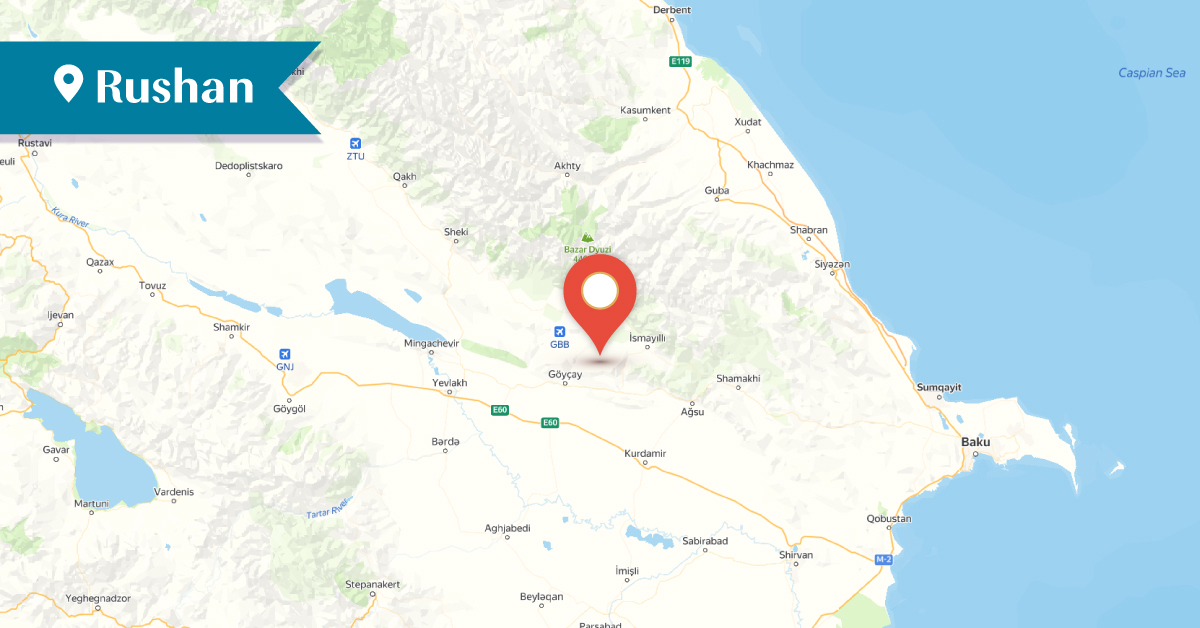2025
2025
2025-05-05

The village of Rushan in the Ismayilli district, one of the oldest Armenian settlements in the district, was located approximately 12.5 km northwest of the district center. The village was also known as Irshanashen and Rushanashen. Its residents had migrated from the Khachen and Varanda regions of Artsakh.
In 1861, Rushan consisted of 105 Armenian households. By the late 1880s, during the visit of the Bishop Makar Barkhutaryants, the village had 62 Armenian households with a population of 419. In 1914, Rushan, with 601 residents, was entirely Armenian-populated.
In the summer of 1918, Rushan was attacked by Turkish forces and local Tatars, most of its inhabitants were massacred.
After the establishment of Soviet rule in Azerbaijan, the surviving residents of Rushan returned to their native village. By 1924, the village had 20 Armenian households with a population of 80.
However, during the 1960s and 1970s, the village was settled by Azerbaijanis, and the Armenian inhabitants of Rushan gradually left their native home. As of 1985, there were still 25 Armenian households in Rushan, but they were forcibly displaced in 1988.
During the visit of monument specialist Samvel Karapetyan to the village of Rushan, the Church of Surb Astvatsatsin (Holy Mother of God) was still standing. It had been built in 1872. The church had a construction inscription:
"The Holy Mother of God Church of Rushanashen, construction year 1872."
At the southwestern edge of the village, in the cemetery, approximately 150 inscribed tombstones were still preserved during Samvel Karapetyan’s visit in 1985. They dated from the early 19th century to the early 20th century. Older gravestones did not bear inscriptions.
Armenian houses were also preserved in Rushan, having Armenian inscriptions with construction dates and the surnames of the owners.
Today, the village is still called Rushan and is inhabited by Azerbaijanis and Lezgins.
Bibliography
Barkhutaryants M., Land of Aghvank and its Neighbors: Artsakh, Yerevan, 1999.
Karapetyan S., The Armenian Lapidary Inscriptions of Aghvank Proper, Yerevan, 1997.
Karapetyan, S., Aghvank Proper, Part 1, Yerevan, 2024, pp. 173-178.